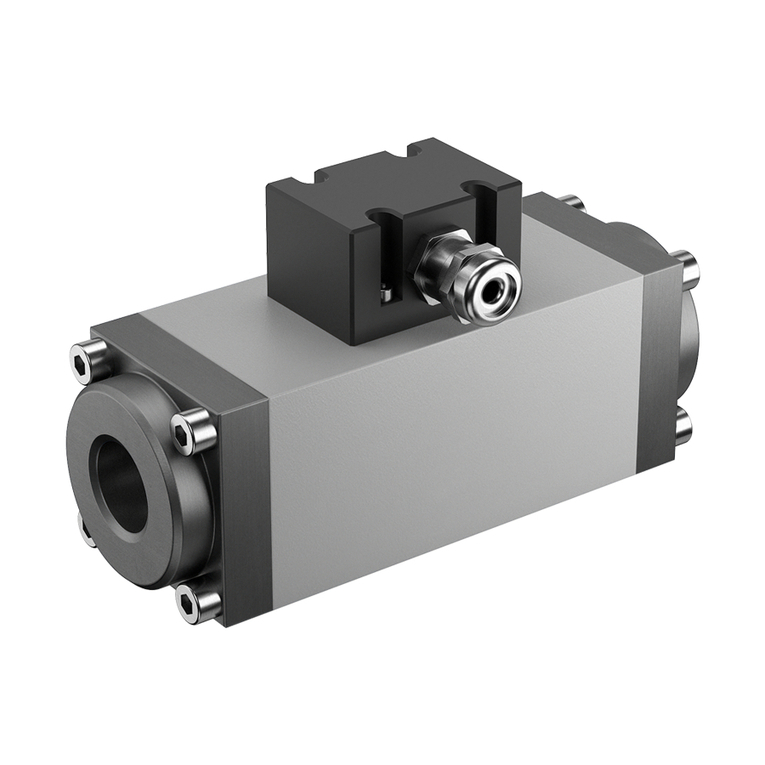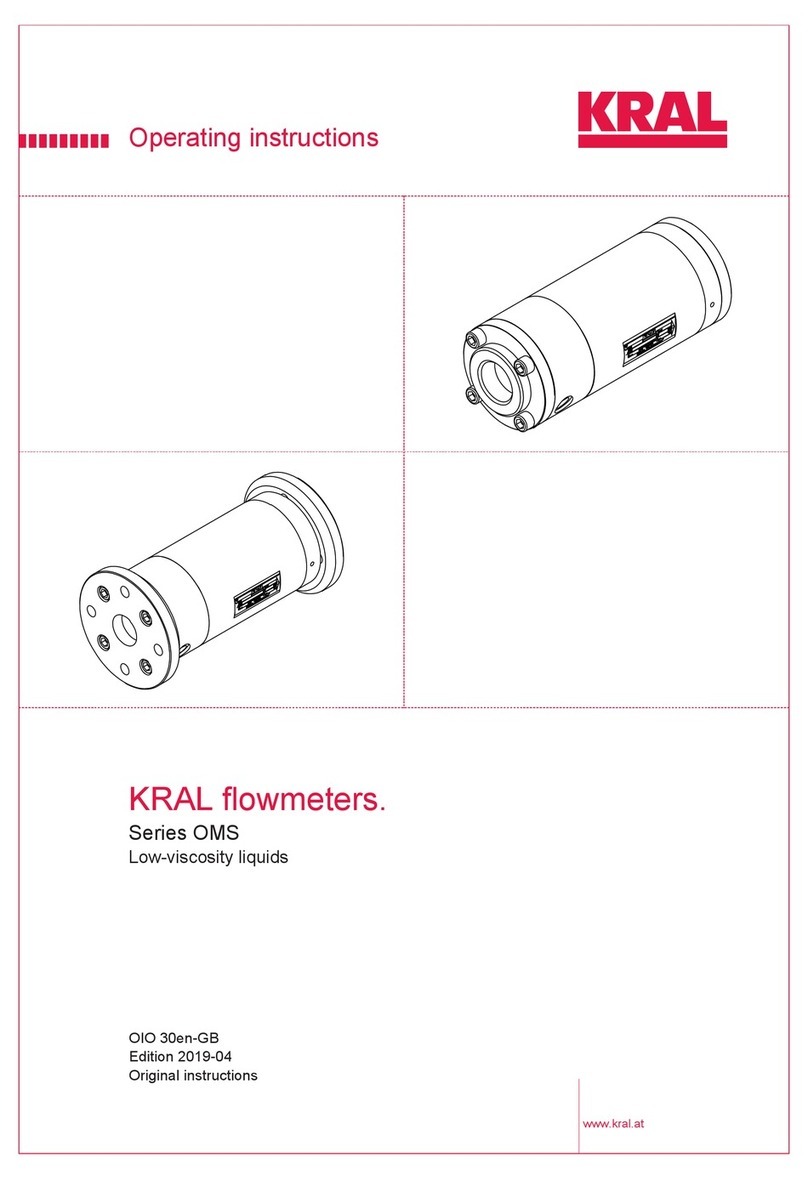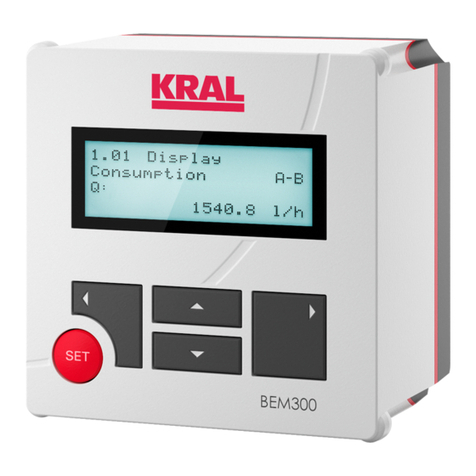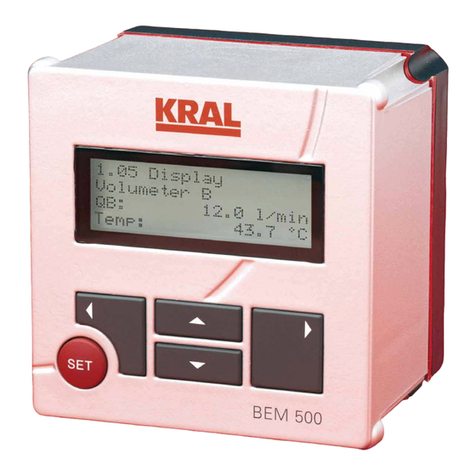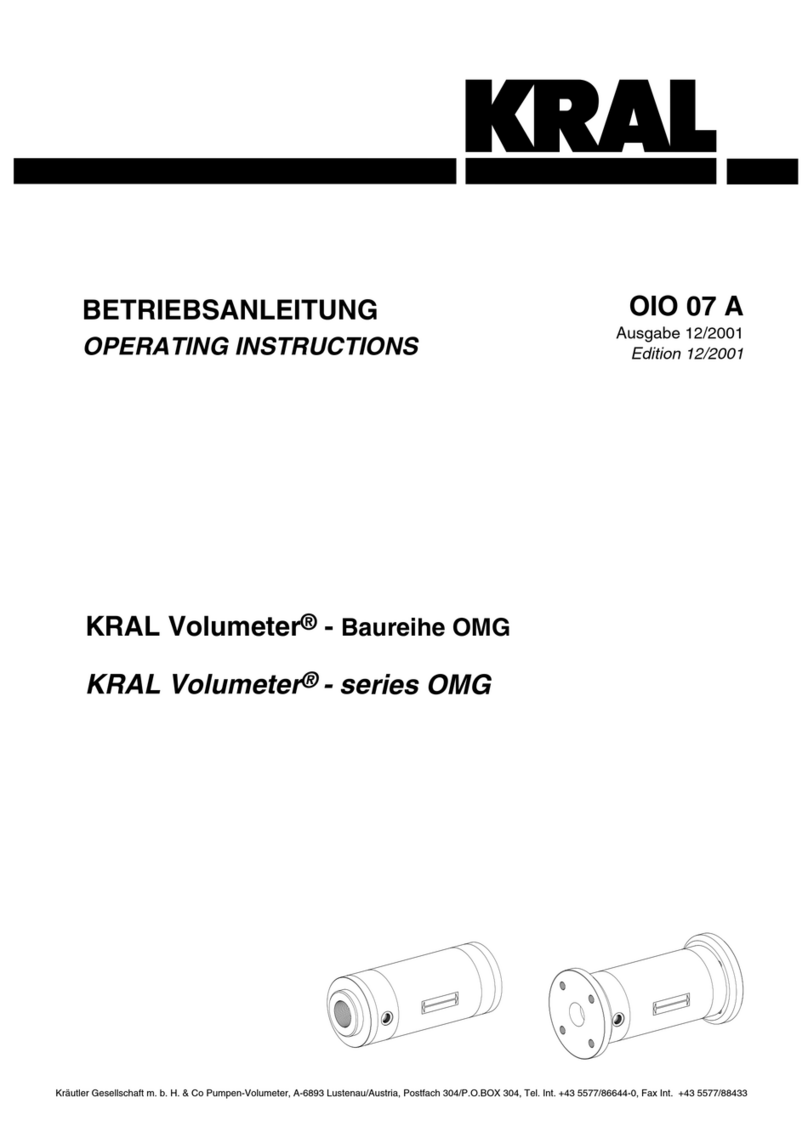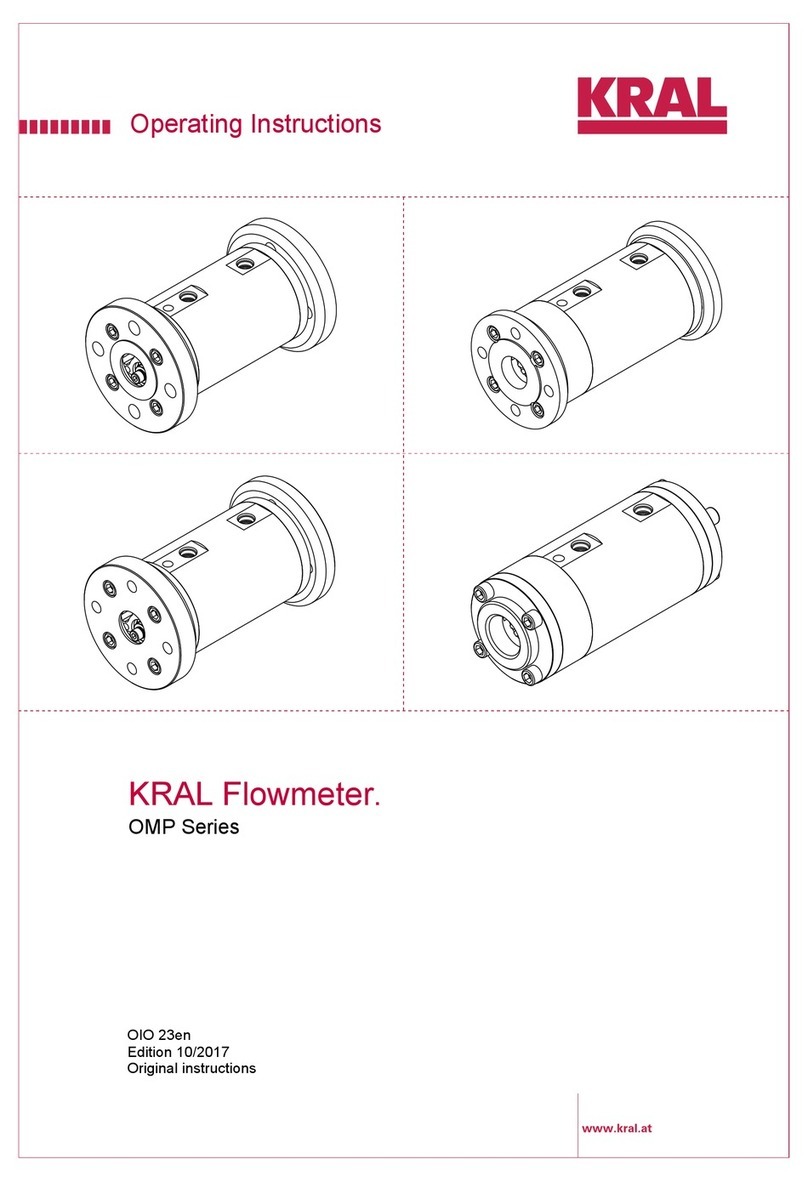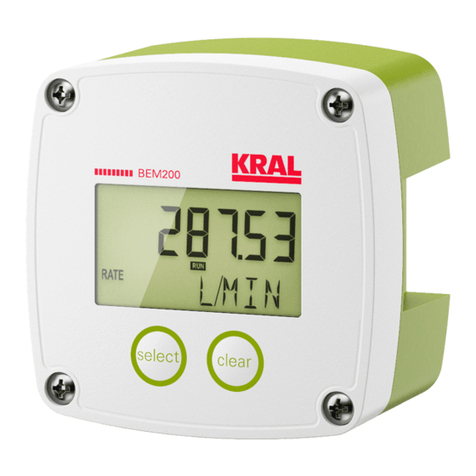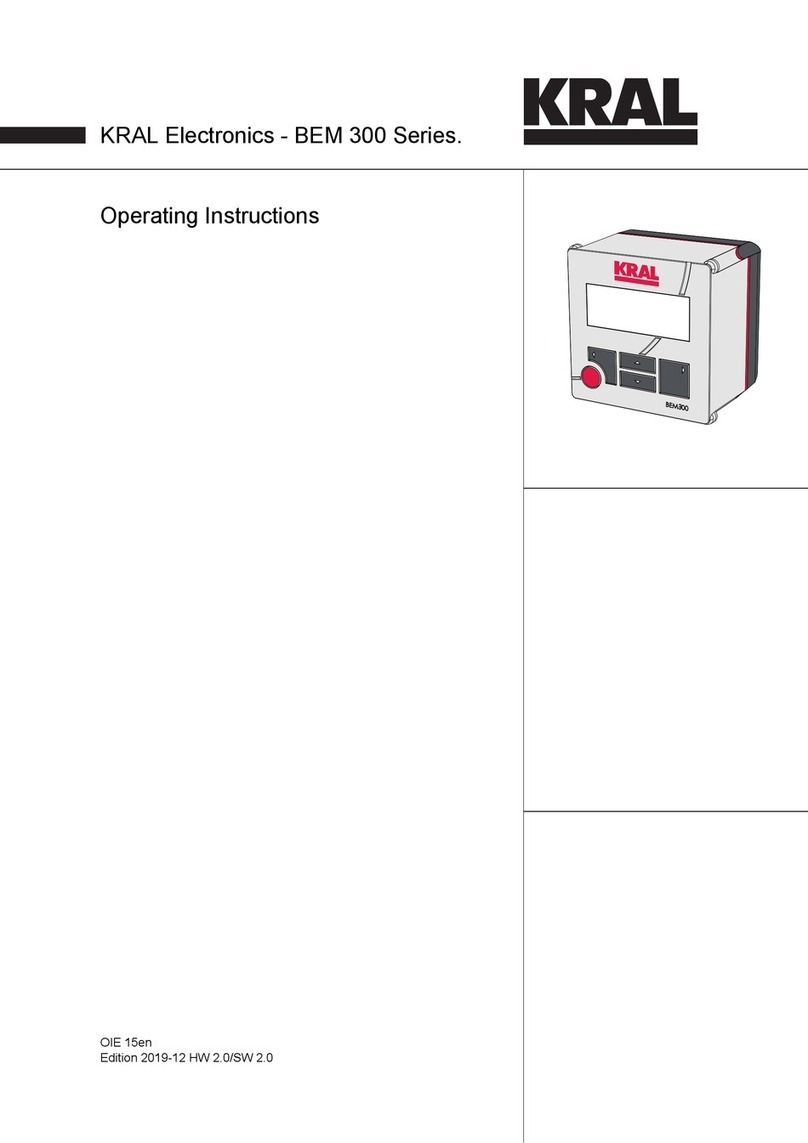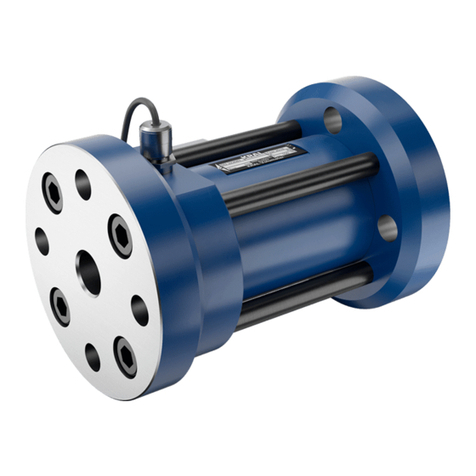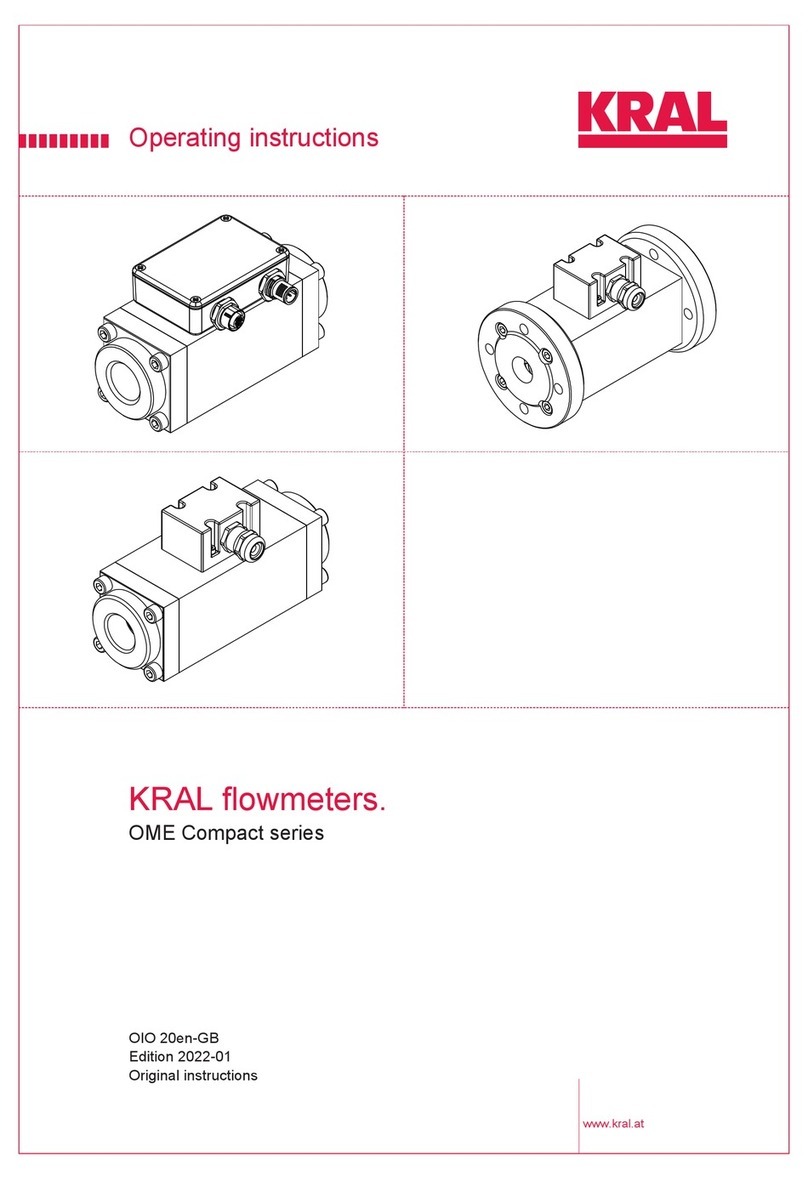
Table of contents
1 About this document ..................................................... 3
1.1 General information .......................................................3
1.2 Target groups ................................................................3
1.3 Symbols.........................................................................3
1.3.1 Danger levels ....................................................3
1.3.2 Danger signs.....................................................4
1.3.3 Symbols in this document .................................4
1.4 Associated documents ..................................................4
2 Safety .............................................................................. 5
2.1 Proper use .....................................................................5
2.2 Foreseeable misuse ......................................................5
2.3 Obligations of the operator-owner .................................5
2.4 Dangers during transportation .......................................6
2.5 Dangers during storage .................................................6
2.6 Dangers during installation ............................................6
2.7 Dangers during removal ................................................6
2.8 Dangers during connection work ...................................6
2.9 Dangers during operation ..............................................6
2.10 Dangers during servicing...............................................7
2.11 Dangers during disposal................................................7
3 Identification................................................................... 8
3.1 Type code......................................................................8
3.2 Rating plate ...................................................................8
4 Technical data ................................................................ 9
4.1 Operating limits..............................................................9
4.2 Pressure pulsation.........................................................9
4.3 Maximum values............................................................9
4.4 Pick up...........................................................................9
4.5 Pin assignment / Connection diagram.........................10
4.6 Dimensions and weights..............................................10
4.6.1 Pipe thread (BSPP thread) .............................10
5 Function description.................................................... 11
5.1 Structure ......................................................................11
5.2 Functional principle......................................................11
5.3 Signal generation.........................................................11
5.4 Recognition of flow direction........................................12
5.5 Temperature compensation (optional).........................12
6 Transportation, storage............................................... 12
6.1 Dangers during storage ...............................................12
6.2 Unpacking and checking the state of delivery .............12
6.3 Transporting flowmeters ..............................................12
6.4 Storing the flowmeter...................................................12
7 Installation, removal .................................................... 13
7.1 Dangers during installation ..........................................13
7.2 Dangers during removal ..............................................13
7.3 Installing the flowmeter................................................13
7.3.1 Protecting the flowmeter against soiling .........13
7.3.2 Installation types .............................................14
7.3.3 Installation recommendation ...........................15
7.3.4 Installing the flowmeter ...................................16
7.4 Installing the trace heating (optional)...........................16
7.5 Removing the flowmeter..............................................17
8 Connection ................................................................... 18
8.1 Dangers during connection work .................................18
8.2 Connecting the flowmeter to the pipe system ..............18
8.3 Connecting the pick up ................................................19
9 Operation........................................................................20
9.1 Dangers during operation ............................................20
9.2 Commissioning ............................................................20
9.2.1 Cleaning the pipe system ................................20
9.2.2 Checking the function ......................................20
9.2.3 Commissioning the flowmeter .........................20
9.3 Decommissioning.........................................................21
9.3.1 Switching off the flowmeter..............................21
9.4 Recommissioning.........................................................21
9.4.1 Recommissioning the flowmeter......................21
10 Maintenance...................................................................22
10.1 Required maintenance.................................................22
10.2 Recalibration of the flowmeter .....................................22
11 Disposal..........................................................................22
11.1 Dangers during disposal ..............................................22
11.2 Dismantling and disposing of the flowmeter ................22
12 Troubleshooting ............................................................24
12.1 Possible faults..............................................................24
12.2 Troubleshooting ...........................................................24
13 Appendix ........................................................................26
13.1 Tightening torque for screws with metric screw threads
and head contact surfaces...........................................26
13.2 Tightening torques for screw plugs with thread meas-
ured in inches and elastomer seal ...............................26
13.3 Contents of the Declaration of Conformity ...................26
2OIO 31en-GB Edition 2018-08 Operating instructions
